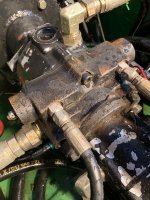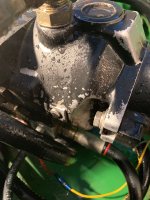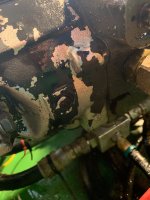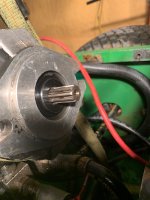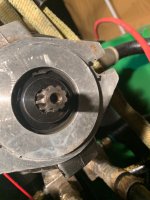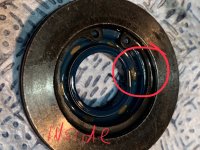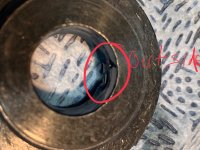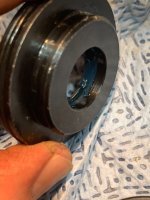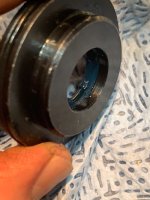marrt
Platinum Member
Good evening everyone.....
Over the years, there's been at least three different types of pumps, three different engines, and I think four different engine/pump arrangements. In addition, some used a lovejoy connector and some used a splined connector. It "sounds" like the seal is on the side facing the engine, correct? To my recollection, I haven't seen a seal in this location (I've had three different 425's) as no oil in normally present. If you have a Bondioli and Pavesi pump, I can probably give you a contact at the company where you can ask a question. Of course, we'll need to figure out your exact pump model (Power Trac usually won't tell you).
Regarding the issue of replacing hoses and getting the air out, I welded up a simple connector that allowed me to spin the pump in the tub. The engine was out of course but everything was connected in the wheel circuit (you don't need to worry about air in the other circuits). Using a heavy duty variable speed drill, I was able to slowly spin the pump until all the air was out. I had the tractor on blocks of course. And you have to use something to hold the purge hose in the tank and wedge the tram pedal down (purge the circuit first until you see no air then wedge the tram pedal). Once you've put everything back together, with the tractor still on blocks, crank the engine and tram forward and reverse for 3 or more minutes while at low idle. If you want to be really cautious, let the tractor sit for 30 minutes and repeat. At that point you should be good.

